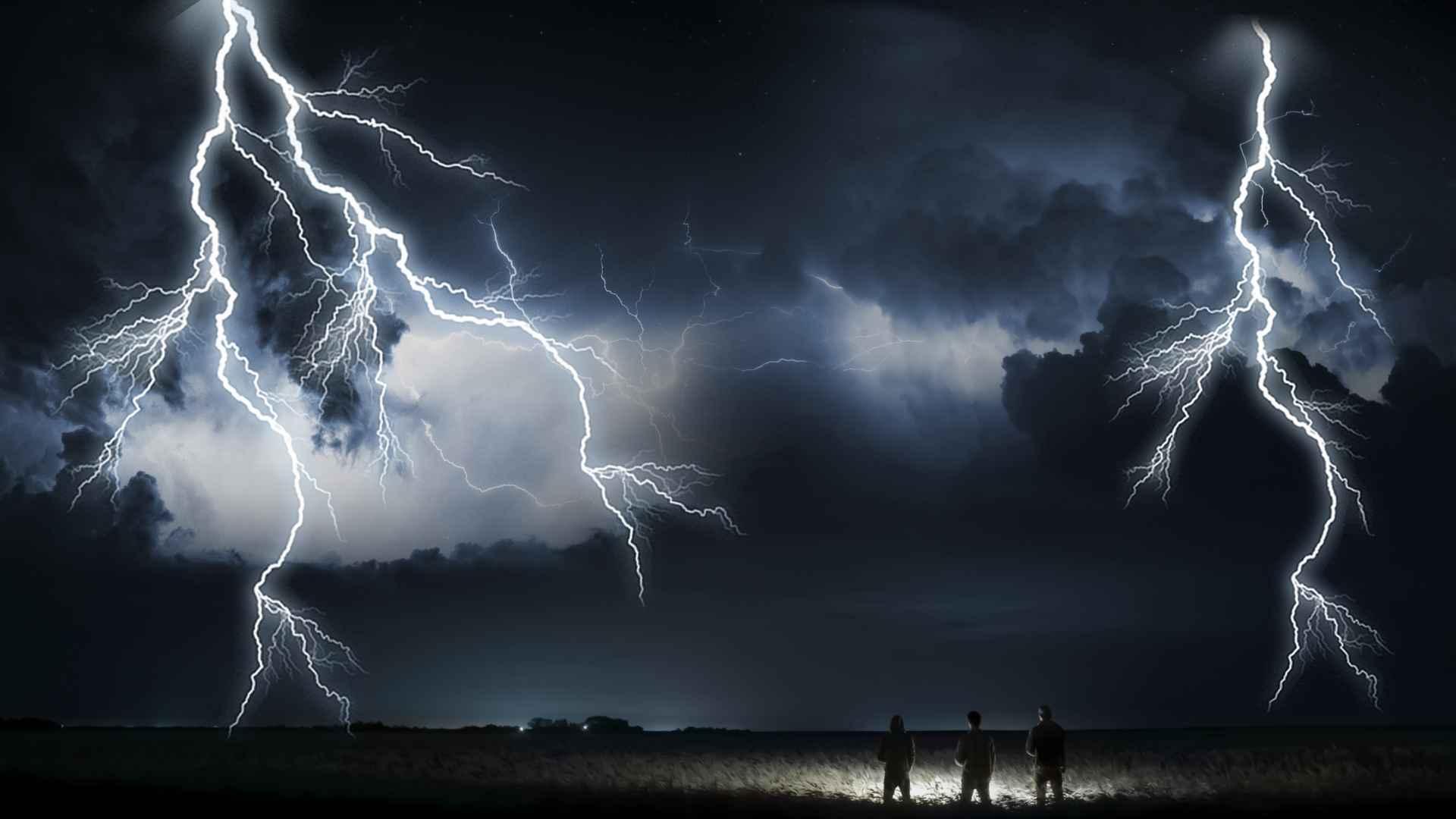The Cost of Lightning
Lightning, a natural phenomenon that has fascinated humans for centuries, is not only a spectacular display of nature’s power but also a potential hazard. With its ability to start fires, damage infrastructure, and harm individuals, lightning strikes come at a significant cost to society. In this article, we will explore the various ways in which lightning incurs expenses and the measures being taken to mitigate its impact.
One of the primary costs associated with lightning is the destruction it can cause to infrastructure. Every year, countless power lines, transformers, and communication systems are damaged or destroyed due to lightning strikes. These incidents result in significant financial burdens for utility companies and telecommunications providers. The cost of repairing and replacing damaged equipment, along with the lost revenue during downtime, amounts to billions of dollars annually.
In addition to infrastructure damage, lightning strikes frequently cause fires that ravage landscapes, homes, and businesses. The United States, in particular, witnesses thousands of lightning-sparked wildfires each year. These fires consume vast areas of forests, destroy homes, and displace communities. The economic impact of such wildfires includes the cost of firefighting efforts, the loss of valuable timber resources, and the devastating toll on tourism and local economies in affected areas.
Furthermore, lightning poses a significant threat to human life and well-being. Injuries resulting from direct strikes or secondary effects, such as falls induced by the shock or accidents during thunderstorms, require medical attention and rehabilitation. These incidents increase the burden on healthcare systems, adding to the overall costs linked to lightning strikes. Sadly, lightning-related deaths are not uncommon, and the loss of lives they entail cannot be measured solely in economic terms.
Additionally, lightning can wreak havoc on technological systems, causing damage to computers, industrial machinery, and other electronic devices. When lightning strikes near power lines or electrical grids, it can induce power surges that fry delicate circuitry. Businesses and individuals then face the financial consequences of repairs or replacements. Data loss can also be a significant issue, resulting in financial setbacks, credibility damage, and potential legal liabilities.
Given the substantial costs associated with lightning strikes, efforts are being made to minimize their impact. Advances in lightning prediction and detection technologies aim to provide early warning systems to mitigate risks. Lightning rods and surge protectors are becoming commonplace in buildings to redirect or absorb the energy of a strike. Organizations are investing in robust backup systems and disaster recovery plans to prevent data loss and minimize downtime. Additionally, public education initiatives are being carried out to raise awareness about lightning safety protocols and the importance of taking precautions during thunderstorms.
While we cannot entirely eliminate the cost of lightning, taking measures to minimize its impact can help to reduce the expense and protect lives and property. As we continue to advance in our understanding of this natural phenomenon, it is vital to ensure that resources are allocated toward research, innovation, and public education to provide people and infrastructure with the necessary safeguards. By doing so, we can both appreciate the awe-inspiring beauty of lightning and mitigate its potentially devastating consequences.

